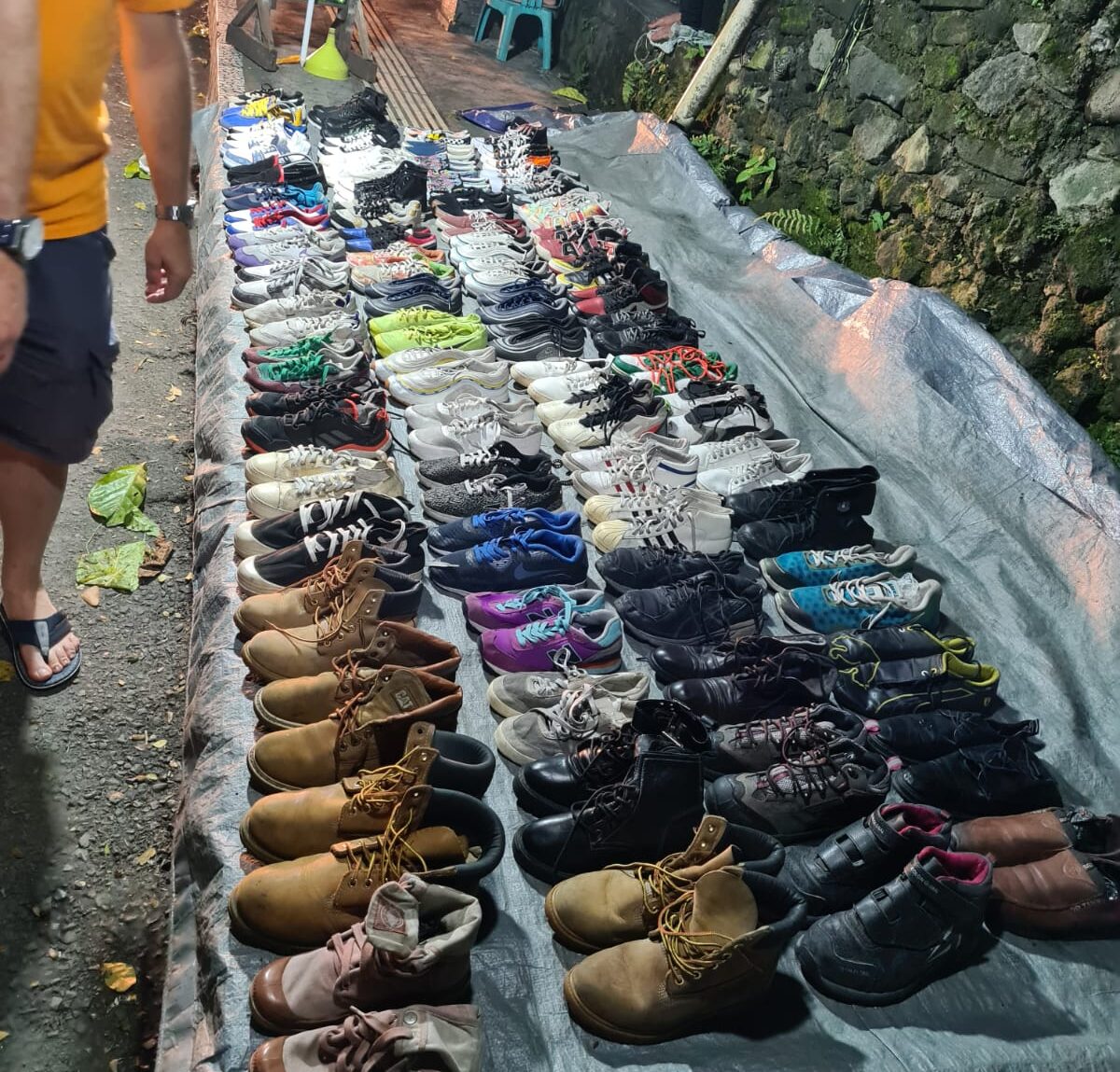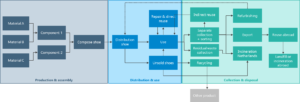Steps towards a circular shoe chain
Every year, 70-100 million pairs of shoes enter the Dutch market. Where do these shoes come from? What happens to these shoes? And what can the Dutch government do to make the chain (more) circular? With these (and many more) questions in mind, Rebel and Tauw mapped out the Dutch shoe chain.

The challenge
‘The current way of producing and consuming, with extensive use of primary raw materials, is wasteful and one of the main causes of climate change, loss of biodiversity and pollution of air, water and soil.’ This opens PBL’s integrated circular economy report. To reduce the extensive use of primary raw materials, it is important to make product chains as circular as possible, for instance through policy. To make effective circular policies, it is essential to first thoroughly understand a product chain. Currently, however, there is no good understanding of the footwear sector and its environmental impact.
The approach
Through a desk study, an analysis of available data, interviews with 22 parties and experts from the shoe chain, and a life cycle analysis of four common types of shoes, we offer a detailed insight into the shoe chain. Below are some of the findings:
The product and the sector
The shoe chain is a long chain with huge (and increasing) volumes of shoes. Globally, around 22 billion pairs of shoes enter the market each year, an average of 2.5 pairs per inhabitant of the earth. In the Netherlands, this is 70-100 million pairs a year, or 4-6 pairs per inhabitant. The vast majority (85%) of shoe production takes place in Southeast Asia. China is the world’s largest producer of shoes (12 billion pairs by 2021). Compared to the textile chain, there are currently few (scaled) circular initiatives in the shoe chain. The shoe repair market has been shrinking for years.
The shoe chain from cradle to grave
Shoes consist of various materials; the main ones are plastic, leather, textile, rubber and metal. Various components are made from these materials (including the upper and sole), which are then assembled into a shoe. We estimate that about 10% of all newly produced shoes, unworn, are destroyed. Destruction in the Netherlands takes the form of incineration and recycling.
The environmental impact of shoes
The average CO2 impact of a pair of shoes is between 7 and 11 kg CO2-eq. On average, 70-90% of the total environmental impact occurs in the production phase. Thus, the weight and material composition of a shoe largely determine the total environmental impact (and not transport to the user, use itself or disposal of discarded shoes).
Recommendations for (circular) policy
Based on a matrix in which we look at the type of intervention (standardise, price and stimulate) on the one hand and the place in the shoe chain (front, use and back) on the other, we arrive at three concrete recommendations to make the shoe chain (more) circular:
- Front end: Set product requirements at the European level, in line with the ESPR. We make a number of suggestions for this.
- Use: Encourage repair and lifetime extension, e.g. by reducing taxes on labour (possibly by increasing taxes on materials), establishing the right to repair for shoes, encouraging repair via city or discount cards, and starting an awareness campaign.
- Backside: Encourage reuse and recycling by adding shoes to the Extended Producer Responsibility for Textiles. A follow-up study fleshed out this option with concrete targets for reuse and recycling of shoes.

Impact
Concrete insight into the footwear supply chain and impact, based on analysis and input from various parties.



